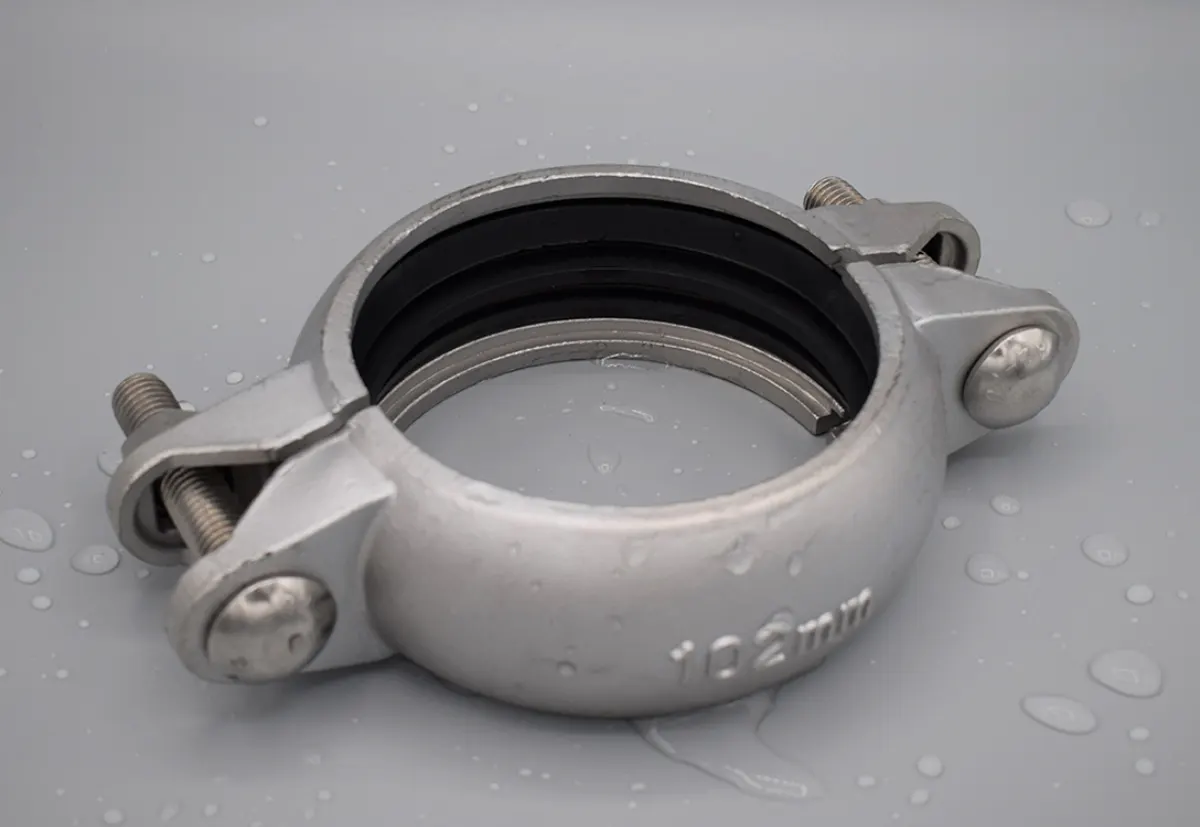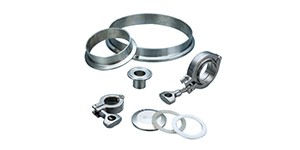Post-weld corrosion can seriously damage your stainless steel pipes and fittings. If we need to rely on a robust piping system, we should learn as much as we can about it. Read on to find out more about how to avoid post-weld corrosion wherever possible.
What is Post-Weld Corrosion? Damage After the Weld!
Post-weld corrosion occurs in or near the weld joint. The welding process changes the microstructure of the metal and these changes make the area more susceptible to erosion. It can appear immediately and sometimes develops over time. It weakens the component and can lead to very serious failures.
Common Types of Post-Weld Corrosion
Understanding post-weld corrosion requires recognising its various forms. Each type has a specific cause and appearance.
Intergranular corrosion occurs when chromium is depleted near grain boundaries. Welding heat can cause this sensitisation. The corrosive environment erodes these weak areas. It is usually found next to the weld seam.
Pitting corrosion creates small localised holes or pits. Welding can cause surface irregularities and may also lead to oxide inclusions.
Crevice corrosion occurs in narrow crevices. These crevices may be located under scale or slag. Welding defects can also create crevices where stagnant fluids can concentrate corrosive agents.
Stress Corrosion Cracking (SCC) is a combination of tensile stress and a corrosive environment. Welding usually produces residual stresses. When exposed to specific corrosive agents, such as chlorides, cracks form. They can expand rapidly, leading to sudden failure.
Dissimilar metals may bond together during the welding process, which is called galvanic corrosion. This can also be caused by an improper choice of filler metal, when a potential difference is created, which can accelerate the corrosion of the inert metal.
Key Factors Contributing to Post-Weld Corrosion
| Factor | Description | Impact on Stainless Steel |
|---|---|---|
| Heat Input (Welding) | Excessive or insufficient heat | Sensitization, microstructural changes |
| Material Sensitization | Chromium depletion due to heat | Intergranular corrosion risk |
| Contamination | Dirt, grease, slag, spatter, heat tint | Initiates pitting, crevice corrosion |
| Filler Metal Choice | Incompatible with base metal | Galvanic corrosion, embrittlement |
| Residual Stress | Stresses remaining after welding | Increases SCC susceptibility |
| Corrosive Environment | Presence of aggressive chemicals | Accelerates all corrosion types |
| Improper Passivation | Failure to restore passive layer | Reduces inherent corrosion resistance |
What We Do
Prevention Strategies for Stainless Steel Welds
| Strategy | Description | Benefit for Piping |
|---|---|---|
| Low Carbon Grades | Use 304L, 316L (L grades) | Minimizes carbide formation |
| Stabilized Grades | Use 321, 347, 316Ti | Prevents Cr depletion |
| Controlled Heat Input | Optimize welding parameters | Reduces sensitization |
| Post-Weld Heat Treatment (PWHT) | Annealing after welding | Restores properties |
| Proper Cleaning & Passivation | Remove contaminants, restore layer | Boosts resistance |
| Appropriate Filler Metal | Compatible with base metal | Avoids galvanic attack |
| Surface Finish Control | Avoid rough welds, defects | Minimizes localized attack |
Impact of Post-Weld Corrosion on Stainless Steel Pipe and Fittings
- Premature Failure: Corroded welds can lead to leaks that can cause catastrophic ruptures.
- Reduced Life: Equipment deteriorates faster, shortening its life and increasing the frequency of replacement.
- Safety Hazards: Leaking hazardous fluids are dangerous, posing a risk to personnel and damaging the environment.
- Increased Maintenance Costs: Repair costs, labour costs and increased time costs significantly increase operating costs.
- Reputational damage: Product failures can damage trust, affecting your business position and possibly future contracts.
Contact Us
- RM901 No.22 Tangjiaqiao Road Wenzhou China
- +86 577 8551 1171
- [email protected]
- https://www.kaysuns.com/



